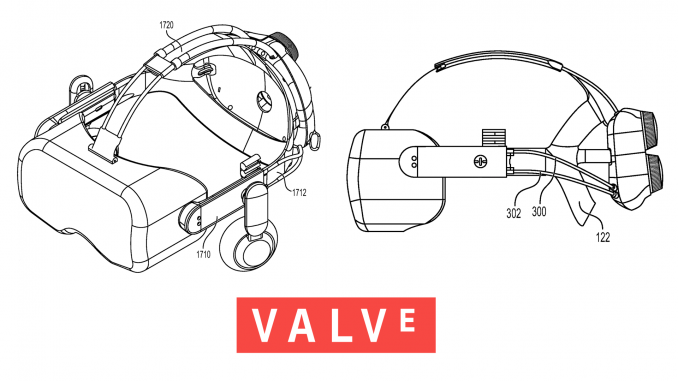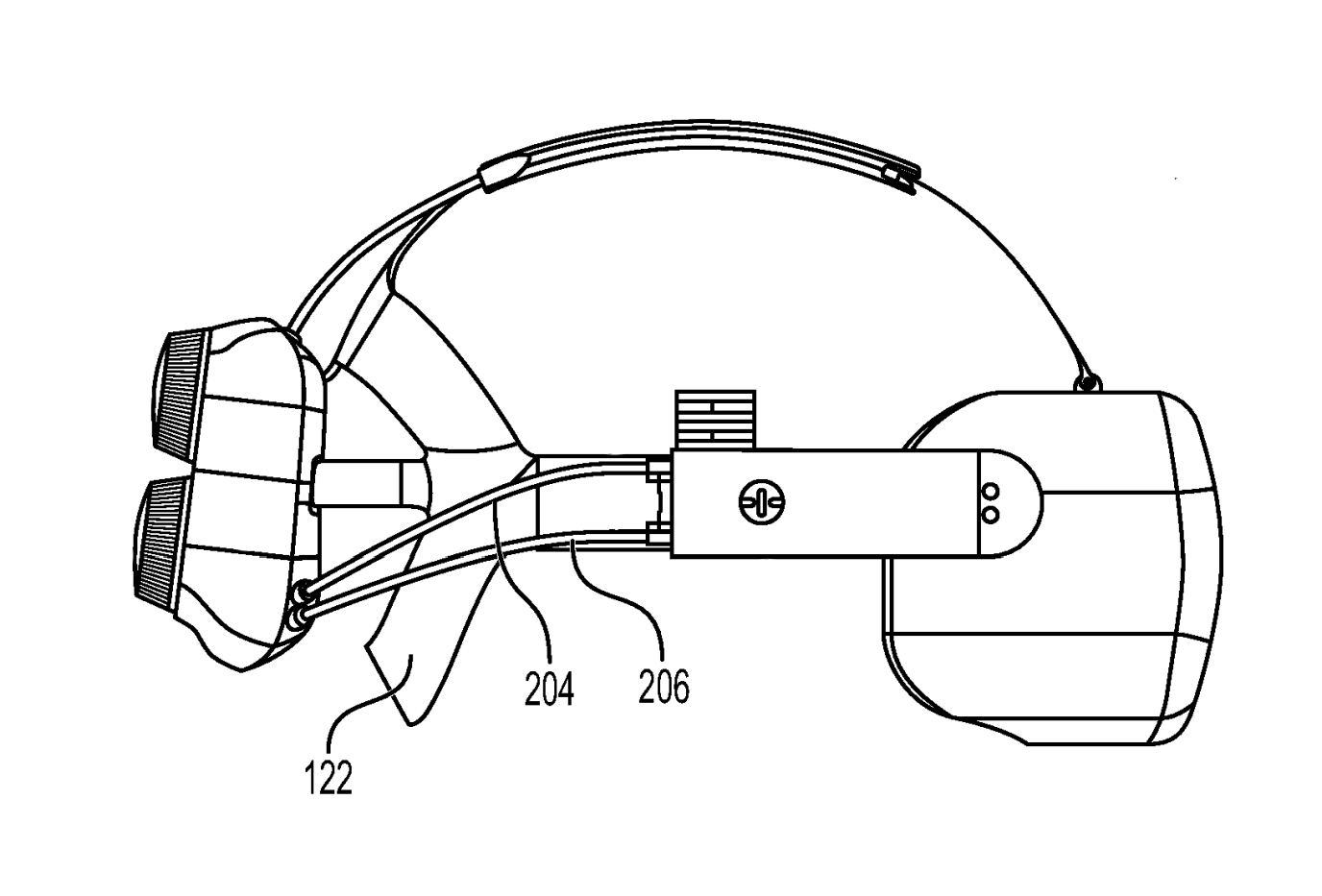Advertisement

A design patent application from Valve could reveal its alleged “Deckard” headset.
valve index, the company’s $999 tethered PC VR kit, has been on the market for almost three years now. It still has best-in-class tracking and audio quality, but its 1600×1440 resolution has been beaten both on the low end with Quest 2 and on the high end with headsets like HTC’s Vive Pro 2 and Varjo Aero.
Hints of a new headset codenamed Deckard were discovered in September by YouTuber Brad Lynch (SadlyItsBradley) in a SteamVR driver. Deckard is the surname of Blade Runner’s protagonist and probably a reference to it steam deck. When asked directly by The Verge last year if Steam Deck’s chip could be used in a standalone VR headset, Greg Coomer, Valve’s product designer, said it “would do well in that environment” and “it’s very relevant for us and our future plans”. In February, Valve President Gabe Newell described Steam Deck as a “stepping stone” to high-performance standalone VR, but noted “we’re not there yet.”
Ars Technica informed its sources confirmed that Valve had at least two VR headset concepts in the works that differed from each other over time, one requiring a PC and tracking base stations, but the other operating standalone with integrated computers like Quest.
Lynch’s evidence suggests Deckard is the standalone headset. He found one The “Standalone System Layer” option in SteamVR’s hidden “Valve Internal” menu tab, as well as a Linux-only binary that Deckard references, which he says tells the device to boot with a default application. Valve’s Linux distribution is called SteamOS – it runs Steam Deck.
Lynch also noted that a driver called VRLink was added to SteamVR with code pointing to a Wi-Fi 6 driver, and this update actually temporarily broke some wireless HTC Vive setups. These results suggest Deckard will have PC VR streaming capability similar to Quest Air Link and Virtual Desktop. A new insight from Lynch This week suggests that SteamVR will make it easier for PCs with Wi-Fi to create a hotspot directly to the headset – something Meta seems to be planning with a USB dongle.
Today, a design patent application for valves The patent filed in December entitled “Head Mounted Display” was published by the US Patent & Trademark Office. It shows a wireless headset with a different design than the Index, but with a similar off-ear speaker setup and a rear strap adjustment knob.
It is noteworthy that the front of the headset lacks any detail. It doesn’t show the cameras or photodiodes one would expect for position tracking. That’s because this design patent application actually seems to be the focus the belt system of the headset and its adaptability to different face and head shapes – the patent does not concern the technical design of the headset.
Despite this focus, there are indications in the patent text that the representation could be independent: “The wire harness may be coupled to a rear housing located at the rear of the HMD. The rear case can house various computing components of the HMD.” There is also a line supporting Lynch’s findings on wireless PC functionality: “In some cases, the images may be output from an application or computing device that is communicatively coupled to the HMD .”
Ars Technica September article noted that Valve had begun dedicating its production lines to the Steam Deck handheld console, and thus doubted the company would be able to ship a new standalone VR headset at scale anytime soon given the ongoing global chip shortage. But nine months later, Steam Deck has now shipped. Could Valve be any closer to revealing its next hardware?





